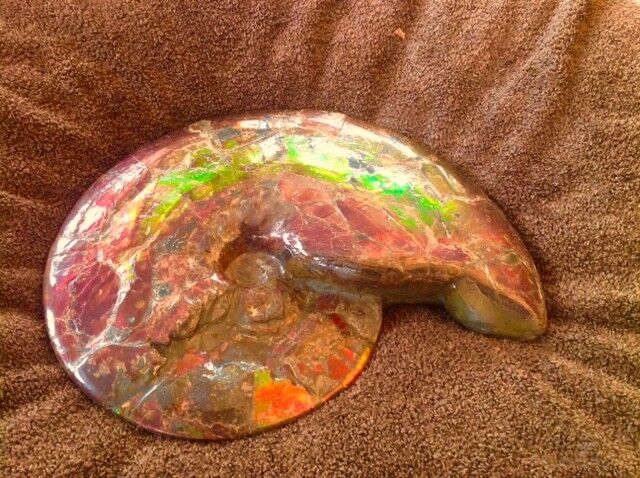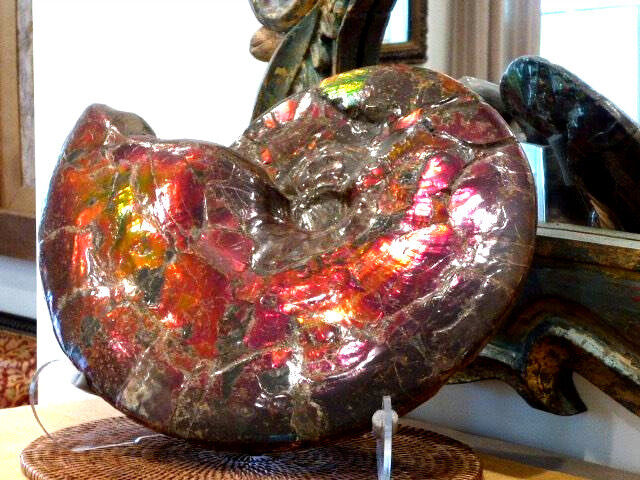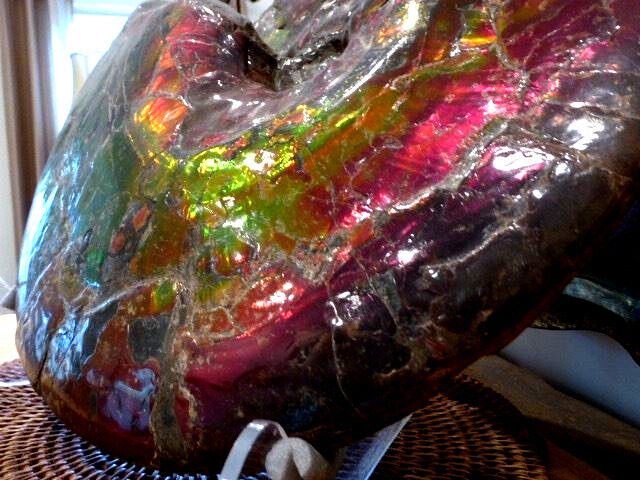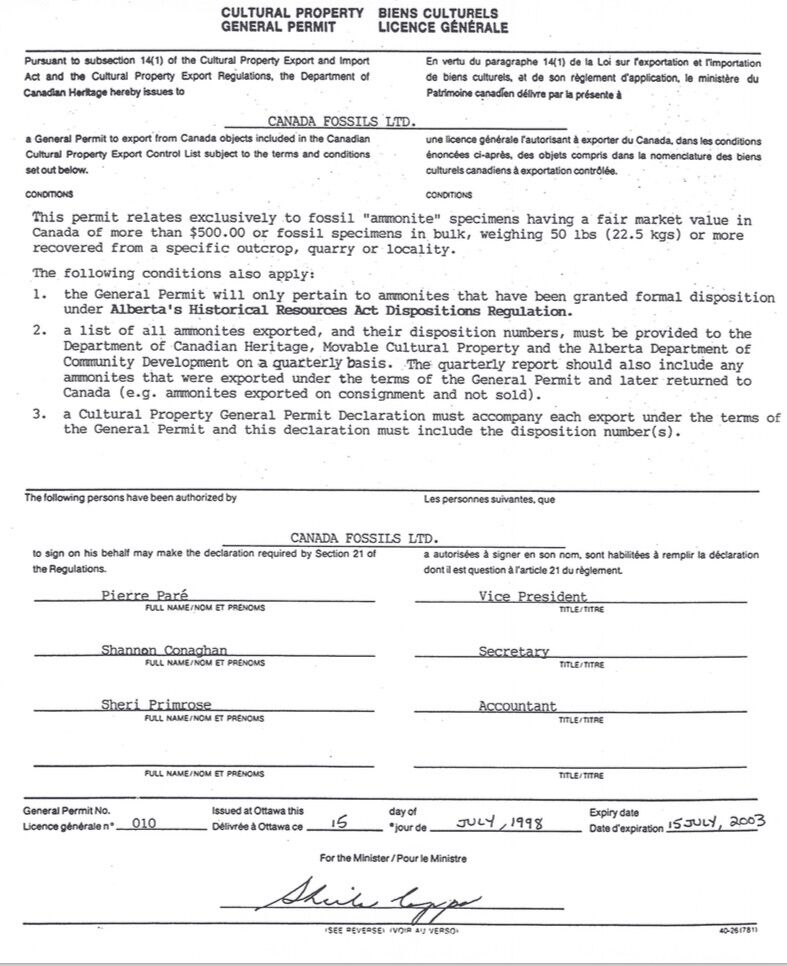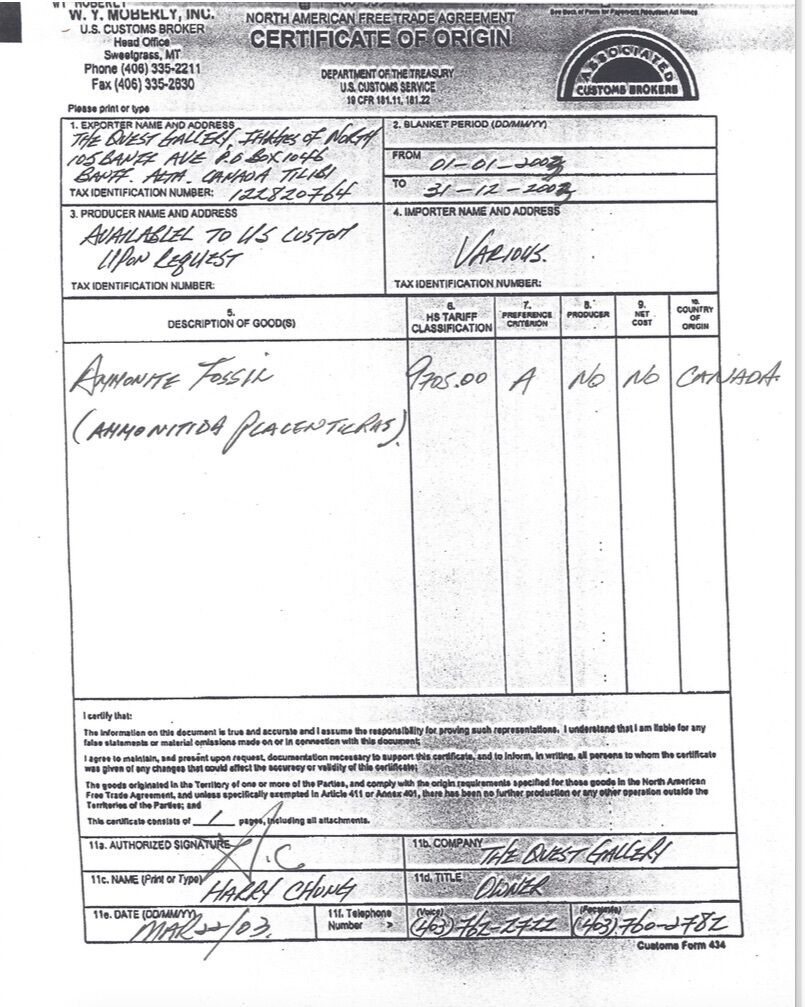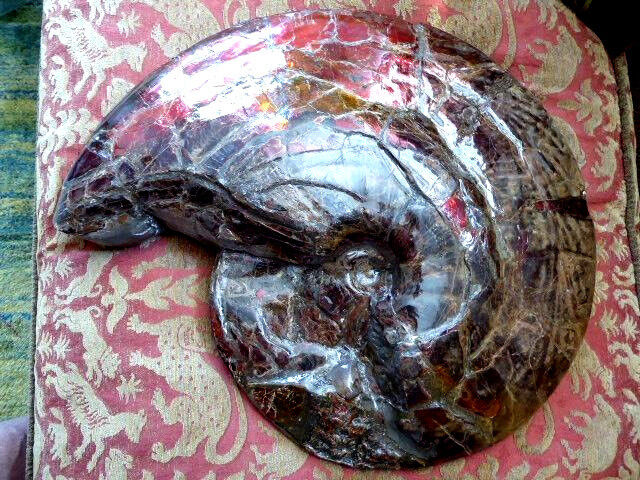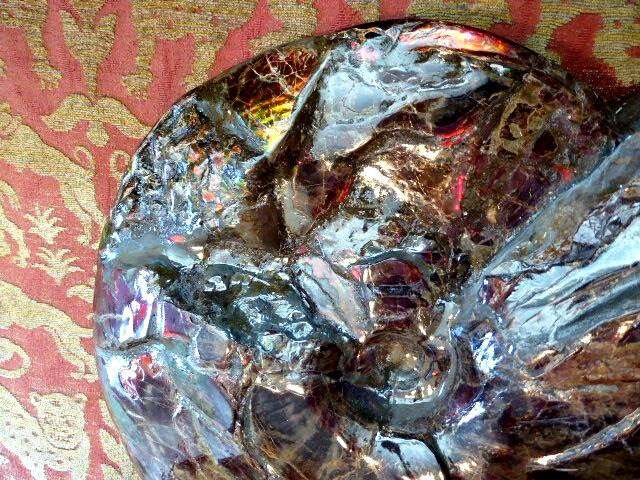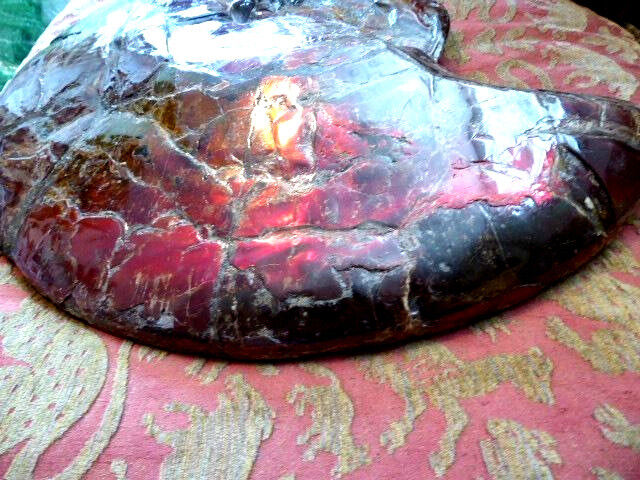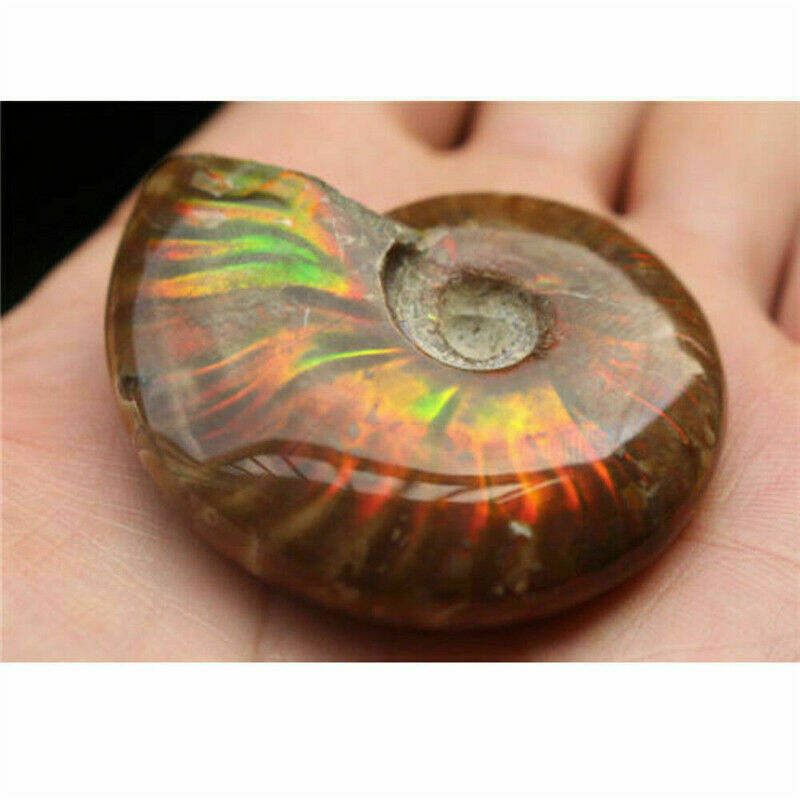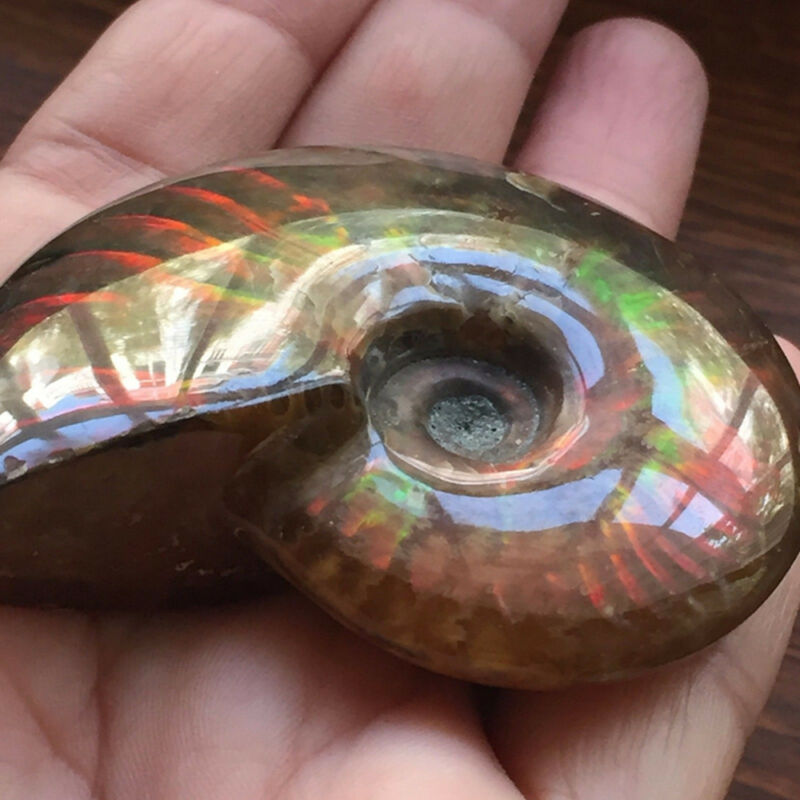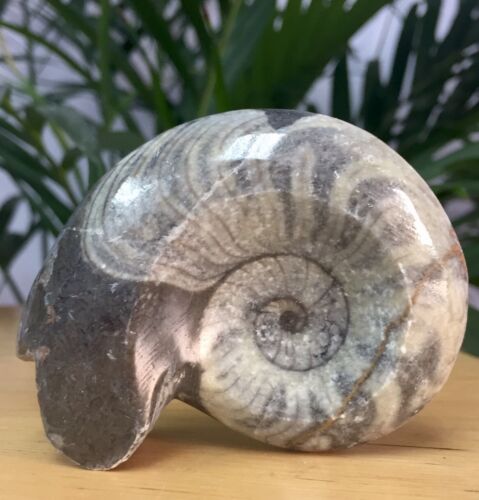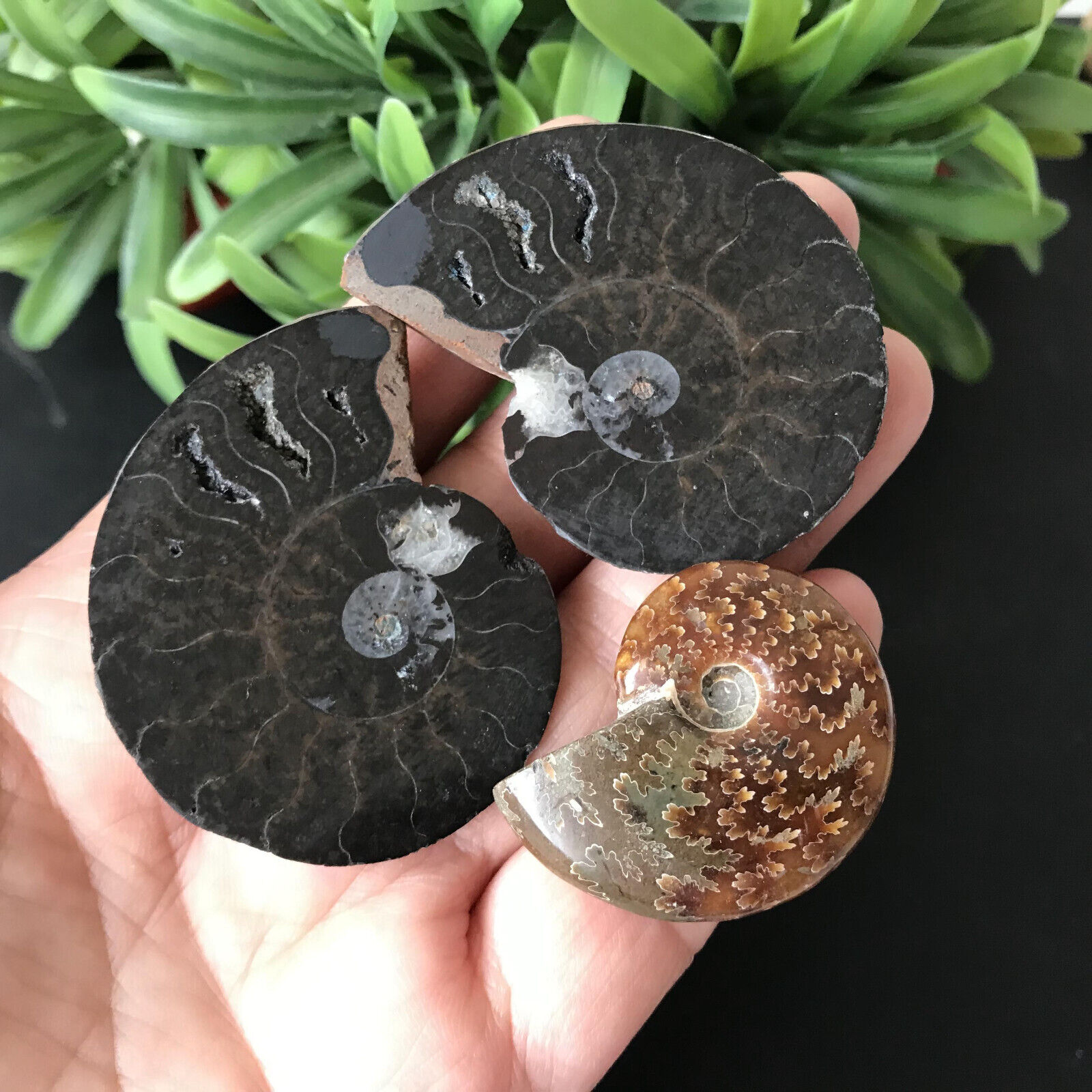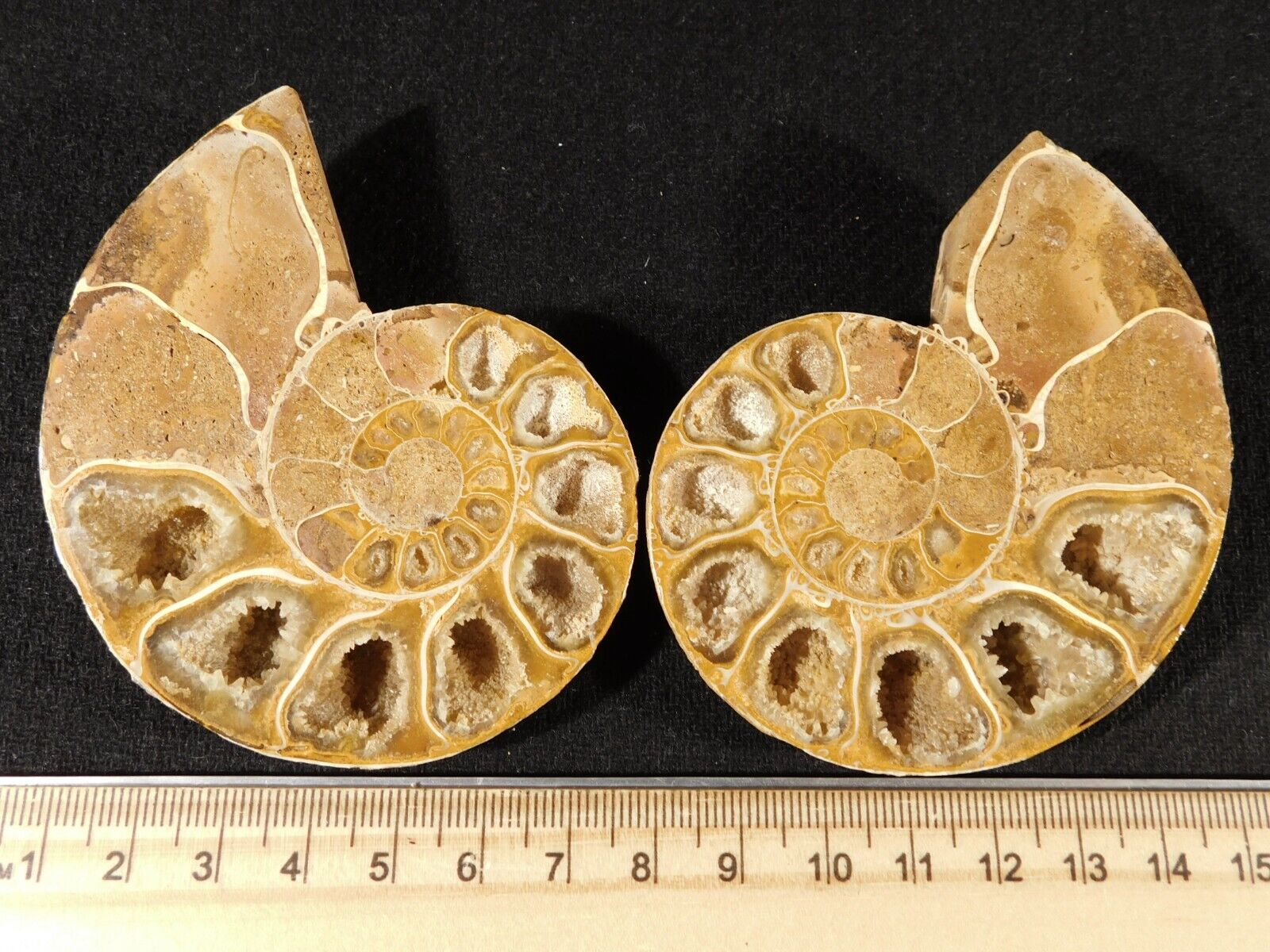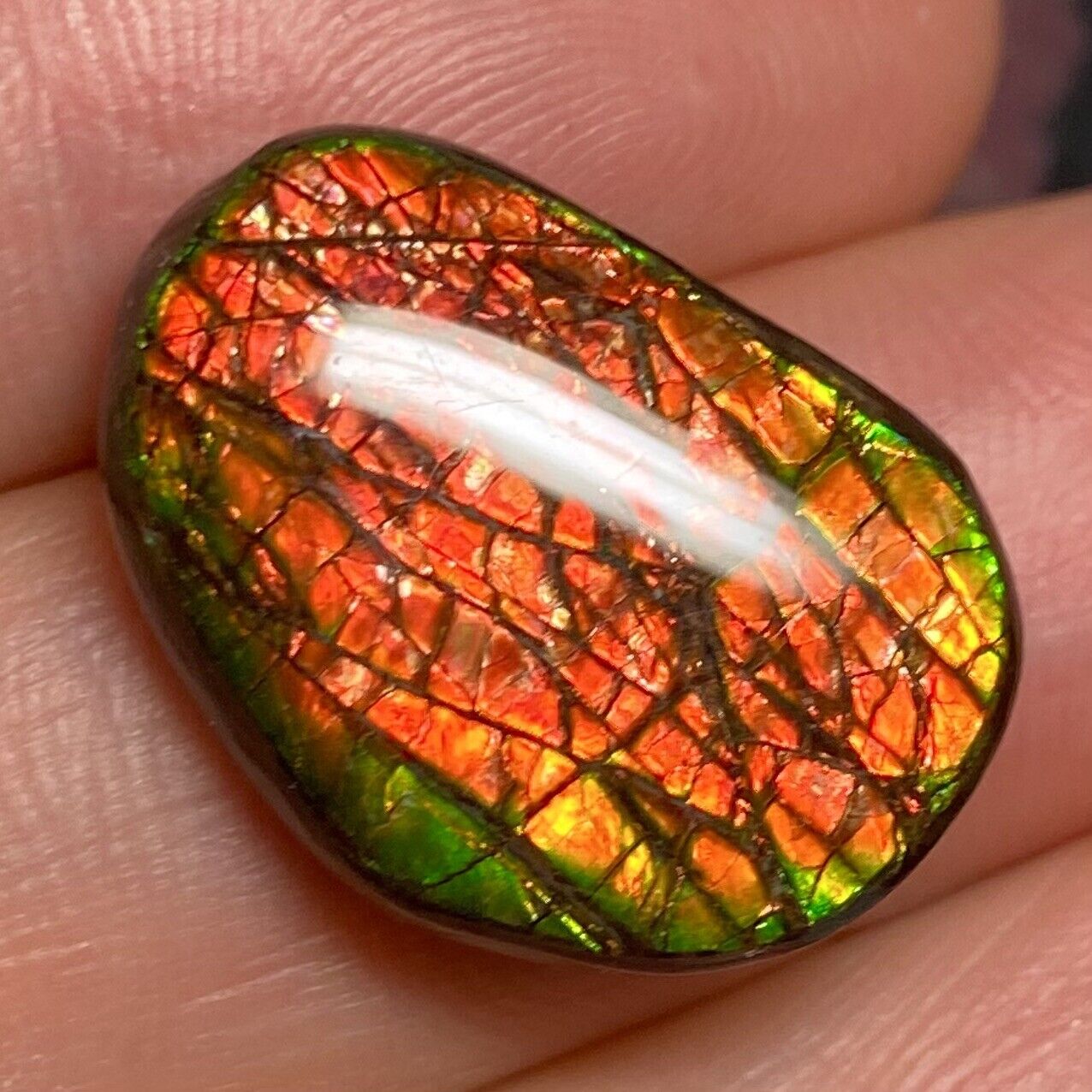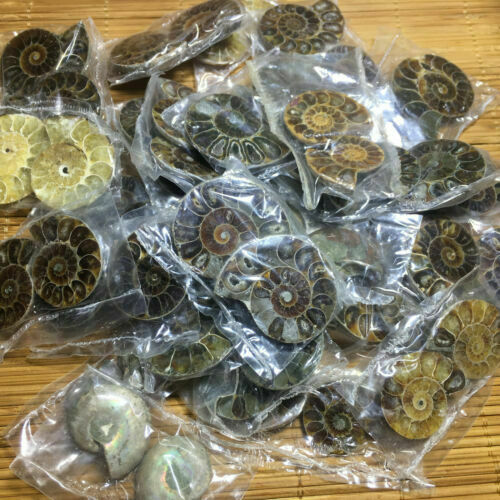-40%
MEEKI Canada Fossils CERT. RARE LARGE MUSEUM Fossil Ammonite GEM!! WHOLESALE PX!
$ 24815.47
- Description
- Size Guide
Description
Species: Placenticeras MeekiAge: 71 MILLION YEARS
DATE COLLECTED July 1998
LARGE 19.5 Wide X 4.5 inches thick
AAA RAINBOW COLORS ON ALMOST ENTIRE FRONT AND AROUND 40% ON BACK. BEAUTIFUL SHAPE AND PERFECTLY INTACT. THIS PIECE GLOWS DEEP RED WITH MOSTLY GREENS AND SOME PURPLE/BLUE FLASHINGS.
SHIPS USA REGISTERED MAIL.
INTERNATIONAL MESSAGE ME PRIOR TO PURCHASE
CERTIFIED WITH CERTIFICATE.
Bearpaw Formation CANADA.
VERY RARE GEM!!!!! THIS PRICE IS CONSIDERED A BARGAIN WITH RETAIL WELL NORTH OF -40k. See comps at Ammonitefactory.com, Big prices on smaller and less well formed ammonites.
While ammonites are found on every continent in rock formations from 400 million to 65 million years in age, only in Southern Alberta Canada they are found with these distinctly bright, beautiful and iridescent colors and only these specific minerals are classified as GEMS . Colourful Canadian ammonites are found just east of the Rocky Mountains in the upper Cretaceous Bearpaw formation which dates back approximately 71 million years.
Canadian ammonites are rare. These exceptionally scares fossils are sought after by museums and private collectors the world over. They are at the Pinnacle of these collections in make some of the most popular Museum displays with their brilliant array of colors.
Prices are determined first by the Brilliance and variation of the color, then the shape and finally by the size of the ammonite. Prices can range from less than 1000 for a small ammonite with little color, to well in excess of a quarter of a million dollars for the biggest and best.
Ammonites are the fossilized, hard shells of extinct mollusks. Their closest relative is the chambered Nautilus from the Pacific and Indian oceans. The generic name, ammonite, was given centuries ago, because of its resemblance to the ram-like horns of Ammon, the Egyptian god of life and reproduction.
The Navajos and other Indians of the North American Plains carried ammonites in their medicine bags for health and good hunting. Some of these ammonites were just weathered fragments. They were called buffalo stones, because of their resemblance to the North American bison.
Canadian ammonites are rare. The Canadian government considers them part of the “National Treasures of Canada”. For this reason, all ammonites must be inspected and registered by the Alberta provincial government. Each ammonite then receives a number and is entered in the provincial database. A cultural property export permit, with the name and address of the buyer, is required before any Canadian ammonite is allowed to leave the country.
When purchasing a colorful Canadian ammonite, be sure that the specimen number is registered with the government of Canada. If you live outside Canada, be sure to ask if it left Canada with a cultural property export permit.
The many colours in our ammonites are created in the same way that colours are created in opal gemstones. Light is deflected through the numerous layers of aragonite that make up the outer shell. It is believed that the colour is enhanced and intensified by traces of the metals iron and copper as well as the mineral silica. It is also playfully referred to as “grandmother of pearl”. Each colour in Ammolite represents a different layer of the gem material. So, depending on the number of fine layers in the rough, everything from one colour to the full visible spectrum can be displayed. Since the play of light varies, every Ammolite gem shows a unique array of colour. .
Colourful Canadian ammonites are cherished by collectors and are on display at most of the prominent museums in the world. Prices are determined first by the quality and brightness of the colours present, then by the size and finally by the shape of the ammonite.
This particular HIGH GEM QUALITY ammonite is very large at 19.5 inches across, very good coloration of over 90% brilliant on front and 35-40% brilliant on back, shape is impressive, detailed, and well preserved.
